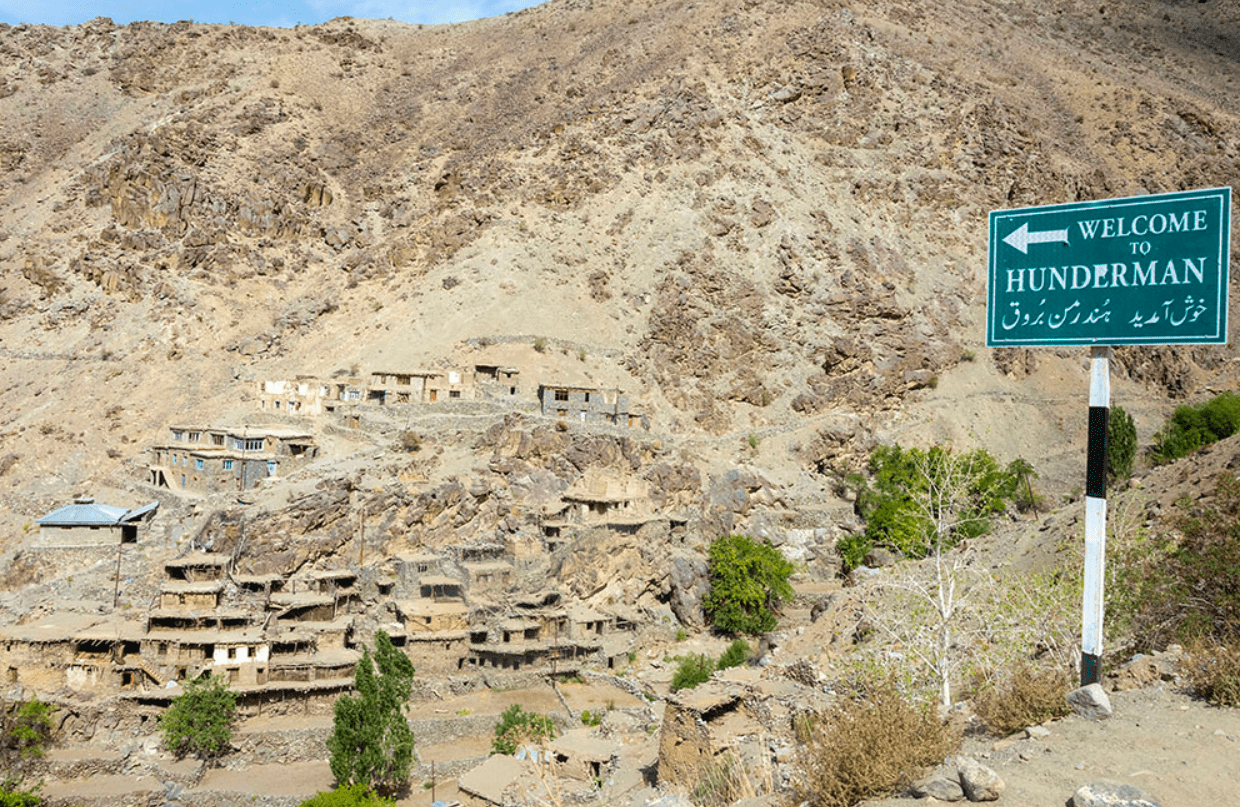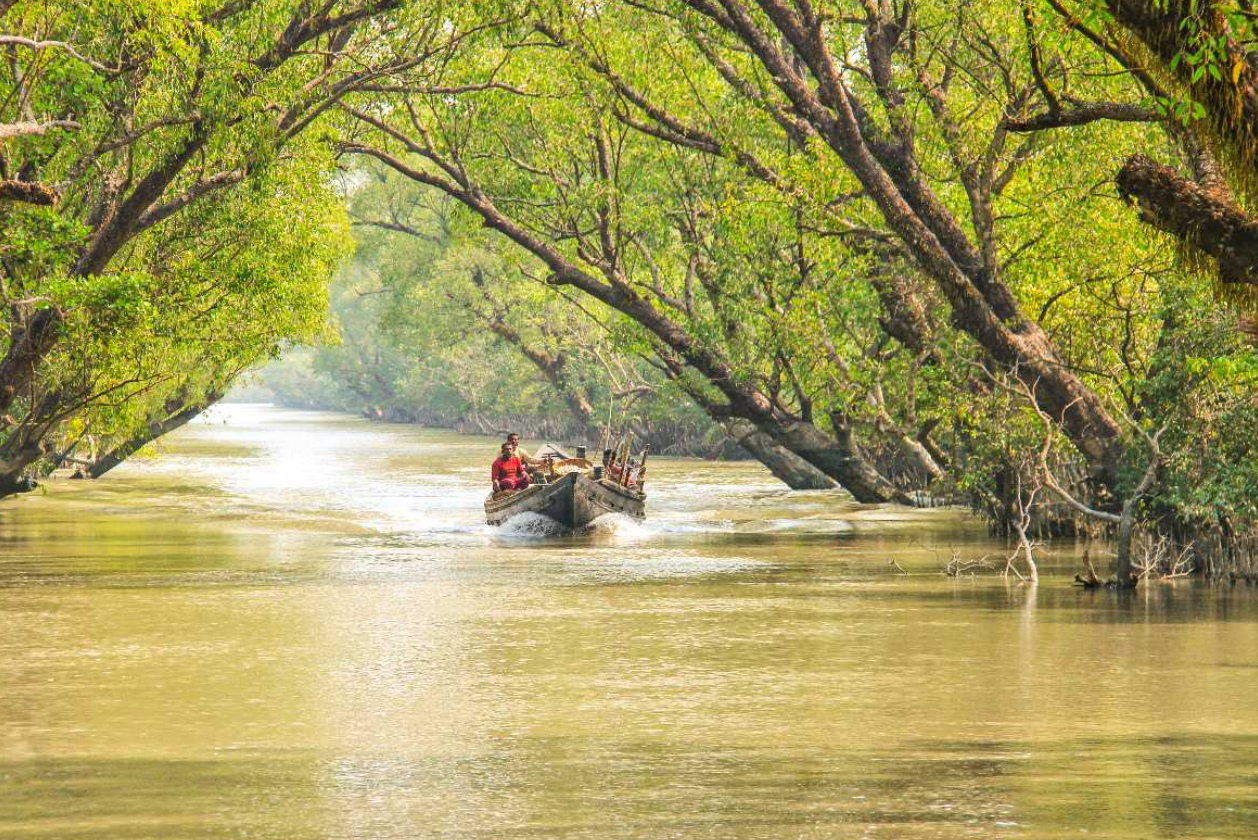Hunderman is a quaint, unremarkable village situated approximately 10 km uphill from Kargil town. It is reputed to be the last village within Indian territory, lying in close proximity to the Indo-Pak border. Like many border villages, Hunderman has been caught in the crossfire of conflicts between the two nations.
The village has experienced the ravages of four wars and has been a battleground for territorial disputes between two countries. Between 1949 and 1965, Hunderman was part of Pakistan. During the 1965 India-Pakistan war, it was left in no-man’s land for several months before being integrated into Indian territory in 1971.
With the shift in borders, the villagers suddenly found themselves Indian citizens overnight, while those remaining in Pakistan became refugees. Families were split apart across the border—husbands and wives were separated, brothers went missing, and people found themselves displaced within their own land. The village also faced significant challenges during the India-Pakistan Kargil Conflict in 1999.
The Story of Hunderman
Hunderman narrates the tale of a village caught in the turmoil of shifting borders. It tells of its people, many of whom have had their lives upended by the unpredictable border changes. The partition of India and Pakistan in 1947 deeply affected countless lives. I’ve heard stories of families torn apart by the partition and the suffering endured. While documentaries and movies have captured these experiences, speaking directly with someone who lived through such changes provided an unprecedented and surreal perspective.
The Tale of Shifting Borders
The current settlement in Hunderman is not the original one. The original village, established nearly four centuries ago, was located at a lower altitude. It was favored for its fertile land and abundant water sources amidst the Himalayan peaks, attracting a few families to settle there, a place also known as Brok, meaning a summer haven for cattle grazing in the Balti language. It was also once an important location on the Silk Route.
Following India’s independence and subsequent partition in 1947, the Radcliffe Line, which divided India and Pakistan, ran through these mountainous regions. Hunderman was part of Pakistan from 1949 to 1965.
After the 1965 India-Pakistan War, the village remained in no-man’s land before returning to Pakistan’s control. During the 1971 conflict aimed at Bangladesh’s liberation, the Indian army captured this region from Gilgit-Baltistan, integrating Hunderman into India while its counterpart, Brolmo, remained in Pakistan.
Local lore suggests that the original name of Hunderman was Hundermo. During the 1971 war, Major Mansingh of the Indian army was the first to reach Hunderman. His kind words comforted the villagers, and the army provided them with much-needed rations. In honor of the Major, his name was added to the village’s name, changing Hundermo to Hunderman.
Humans of Hunderman
Many villagers fled to Pakistan after Hunderman was captured by the Indian army in 1971. Those who stayed behind became Indian citizens overnight, creating a complex situation for the inhabitants.
We met an elderly villager who had attended school in Brolmo but lost his educational institution and friends overnight. Families were torn apart, with some members unable to return to Hunderman. Couples separated by the border divorced through letters, a heartbreaking reality for many.
One elderly woman had not seen her elder brother for 50 years due to the border divide. A retired Pakistani army soldier struggled to obtain his pension from the Indian government. A school built by the Pakistani government was inaugurated in India. These stories reflect the deep impact of the conflict on the villagers’ lives, who continue to hope for a reunion with their loved ones across the border.
Hunderman: An Untouched Destination Near Kargil
Kargil, though often visited as a brief stopover on the way from Srinagar to Leh, remains relatively unexplored. The town, while bustling, contrasts with the serene beauty of the surrounding areas. The Suru River enhances the town’s charm, and exploring beyond Kargil reveals the true splendor of places like Suru Valley and Hunderman.
On our second visit to Kargil, after exploring Suru Valley and heading towards Aryan Valley, we decided to visit Hunderman.
Visiting Hunderman Village
We left Kargil after breakfast and headed towards Hunderman, located about 10 km away. The drive up the hill was scenic, with towering mountains visible from the car. Our driver pointed out the border and the stationed army, highlighting the stark reality of the region’s geopolitics.
Border Viewpoint
We stopped at a small hillock with a viewpoint offering a view of Pakistan. A binocular was available for a closer look, revealing a mosque and a Pakistani village in the distance.
Hunderman – The Ghost Village
The deserted village we saw was the original Hundermo Brok, abandoned due to the border’s fluctuations. In 1974, villagers relocated to a new settlement higher up in the valley, now known as Upper Hunderman. The old village became a ghost town, with silent houses and scattered artifacts.
Unlock Hunderman Museum of Memories
In 2015, the Hunderman Museum of Memories was established with the help of the Roots Collective. Ilyas Ansari transformed his ancestral homes into a museum to preserve Hunderman’s history. The museum displays a variety of artifacts, including items from the British Raj, war relics, and poignant letters exchanged across the border.
Exploring Hunderman Village
Although the museum was closed on our visit, we explored the old Hunderman village. The mud and stone houses displayed unique architecture, designed to keep residents sheltered during harsh winters. The village also had an interesting locking mechanism that inspired the museum’s name.
We also visited a cave where villagers hid during the Kargil Conflict in 1999. The experience was both moving and thought-provoking.
Upper Hunderman Village
We then visited Upper Hunderman, where current residents live. The community, consisting of porters, farmers, and drivers, is slowly seeing economic improvements, with increasing tourism contributing to local growth.
In Conclusion
Visiting Hunderman was a deeply emotional experience, revealing the lasting impact of war on individuals and communities. The village and its museum offer a powerful glimpse into the struggles and resilience of its people. If you ever visit Hunderman, the stories and sights will undoubtedly touch your heart.
Hunderman – Kargil Tourism
How to Reach Hunderman Village?
Hunderman is situated about 10 km from Kargil town in Ladakh. A car journey from Kargil makes reaching the village straightforward. The nearest airport is in Leh, approximately 225 km away.
Where to Stay in Kargil?
Kargil offers a range of hotels, guest houses, and homestay options, though availability may be limited during winter.


